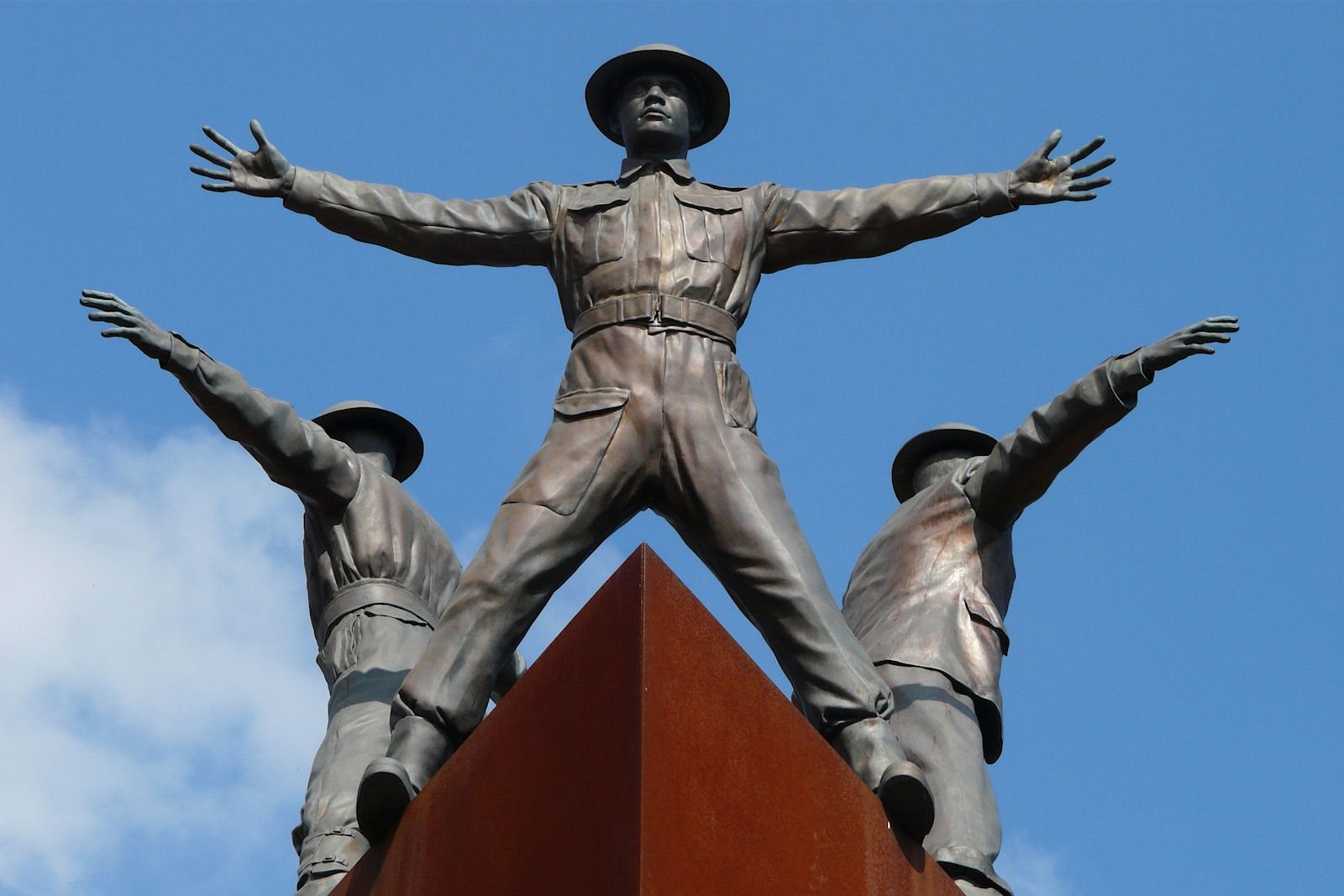
Operation Anthropoid was a daring World War II mission with a single objective: assassinate Reinhard Heydrich, one of the most feared Nazi officials. This covert operation, executed by Czechoslovak resistance fighters Jozef Gabčík and Jan Kubiš, remains a significant event in history. Why? Because it showcased immense bravery and had far-reaching consequences. Heydrich, known as the "Butcher of Prague," played a crucial role in the Holocaust. His death sent shockwaves through the Nazi regime and sparked brutal reprisals. This blog post dives into 35 compelling facts about Operation Anthropoid, shedding light on the mission's planning, execution, and aftermath. Get ready to uncover the incredible story behind one of WWII's most audacious acts of resistance.
Key Takeaways:
- Operation Anthropoid was a daring mission to assassinate a high-ranking Nazi official during World War II. It showcased bravery and sacrifice, leaving a lasting legacy of courage and determination in the face of tyranny.
- The mission's success influenced wartime strategies and post-war policies, demonstrating the effectiveness of targeted assassinations and the importance of resistance movements in occupied territories. It also highlighted the human stories of courage and resilience in the face of adversity.
The Mission
Operation Anthropoid was a daring mission during World War II. It aimed to assassinate a high-ranking Nazi official. Here are some fascinating facts about this covert operation.
-
Operation Anthropoid was the code name for the mission to assassinate Reinhard Heydrich, one of the main architects of the Holocaust.
-
Heydrich was the head of the Reich Main Security Office and acting Protector of Bohemia and Moravia.
-
The operation was planned by the Czechoslovak government-in-exile in London.
-
Two soldiers, Jozef Gabčík and Jan Kubiš, were chosen to carry out the assassination.
-
Training for the mission took place in Scotland, where the soldiers learned parachuting, sabotage, and assassination techniques.
The Assassination
The actual assassination attempt was a mix of meticulous planning and unexpected events. Here are some key details about the day of the attack.
-
The attack occurred on May 27, 1942, in Prague.
-
Gabčík's gun jammed when he tried to shoot Heydrich, forcing Kubiš to throw a grenade.
-
The grenade exploded near Heydrich's car, causing severe injuries.
-
Heydrich was taken to a hospital, where he initially seemed to recover.
-
Infection from shrapnel wounds led to Heydrich's death on June 4, 1942.
Aftermath
The aftermath of Operation Anthropoid had significant repercussions. The Nazis responded with brutal force, leading to tragic consequences.
-
Nazi retaliation was swift and brutal, targeting the Czech population.
-
Lidice, a village near Prague, was destroyed as part of the reprisals.
-
340 residents of Lidice were killed, and the village was razed to the ground.
-
Ležáky, another village, suffered a similar fate, with all adult residents executed.
-
The assassins and their supporters went into hiding in Prague.
The Final Stand
The final stand of the assassins is a tale of bravery and sacrifice. They held out against overwhelming odds in a dramatic last stand.
-
The assassins were eventually betrayed and found hiding in the Church of Saints Cyril and Methodius.
-
A fierce battle ensued between the assassins and the Nazis on June 18, 1942.
-
Gabčík and Kubiš fought valiantly but were ultimately outnumbered.
-
Kubiš was mortally wounded during the battle.
-
Gabčík and the remaining resistance fighters took their own lives to avoid capture.
Legacy
Operation Anthropoid left a lasting legacy. It demonstrated the courage and determination of those who opposed Nazi tyranny.
-
The operation is considered one of the most significant acts of resistance during World War II.
-
Heydrich's death was a major blow to the Nazi regime.
-
The assassins are remembered as national heroes in the Czech Republic.
-
Memorials and museums in Prague honor their bravery and sacrifice.
-
Films and books have been made about Operation Anthropoid, keeping the story alive for future generations.
Historical Impact
The historical impact of Operation Anthropoid extends beyond the immediate consequences. It influenced wartime strategies and post-war policies.
-
The mission showed the effectiveness of targeted assassinations in disrupting enemy operations.
-
Allied forces took note of the operation's success and incorporated similar tactics in future missions.
-
The operation also highlighted the importance of resistance movements in occupied territories.
-
Post-war trials of Nazi war criminals were influenced by the atrocities committed in retaliation for Heydrich's assassination.
-
The Nuremberg Trials cited the destruction of Lidice and Ležáky as examples of Nazi war crimes.
Personal Stories
Personal stories from those involved in Operation Anthropoid add a human element to the historical facts. These stories reveal the courage and resilience of the individuals who took part.
-
Jozef Gabčík was a Slovak soldier who had previously fought against the Nazis in France.
-
Jan Kubiš was a Czech soldier who had escaped to the United Kingdom after the German occupation of Czechoslovakia.
-
Anna Malinová, a Czech resistance member, provided crucial support to the assassins, risking her life in the process.
-
The families of the assassins faced severe repercussions, with many members being arrested or executed by the Nazis.
-
The bravery of the assassins and their supporters continues to inspire resistance movements around the world.
The Legacy of Operation Anthropoid
Operation Anthropoid stands as a testament to bravery and sacrifice. The mission to assassinate Reinhard Heydrich, one of the most feared Nazi officials, was a pivotal moment in World War II. The courage of Jozef Gabčík and Jan Kubiš, the operatives behind the mission, inspired resistance movements across Europe. Despite the tragic aftermath, including the brutal reprisals against Czech villages, the operation significantly weakened Nazi control and boosted Allied morale.
The story of Operation Anthropoid reminds us of the power of resistance against tyranny. It highlights the importance of standing up for justice, even in the face of overwhelming odds. The mission's legacy continues to be honored in films, books, and memorials, ensuring that the bravery of those involved is never forgotten. This chapter of history serves as a powerful reminder of the impact that determined individuals can have on the course of events.
Frequently Asked Questions
Was this page helpful?
Our commitment to delivering trustworthy and engaging content is at the heart of what we do. Each fact on our site is contributed by real users like you, bringing a wealth of diverse insights and information. To ensure the highest standards of accuracy and reliability, our dedicated editors meticulously review each submission. This process guarantees that the facts we share are not only fascinating but also credible. Trust in our commitment to quality and authenticity as you explore and learn with us.


